Discover the latest news, trends and happenings at Well Data Labs
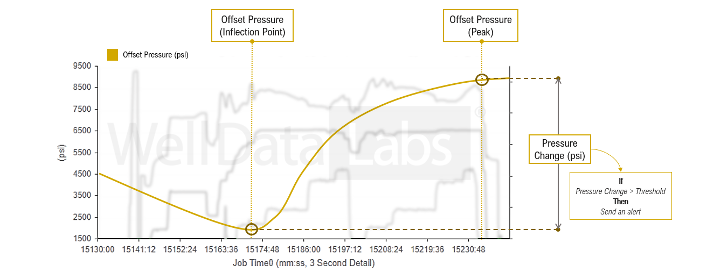
Alert: Real-Time Machine Learning is here!
Fracture-driven interactions, or FDIs, can be tough to detect in real-time even with the trained eye, but real-time machine learning now makes this possible.
FDIs are not a new menace in the oilfield. They have been a challenge since the beginning of time, and are becoming even more commonplace as operators look to tap every aspect of the reservoirs within their reach1. These impacts cause economic harm in three key ways: read more…
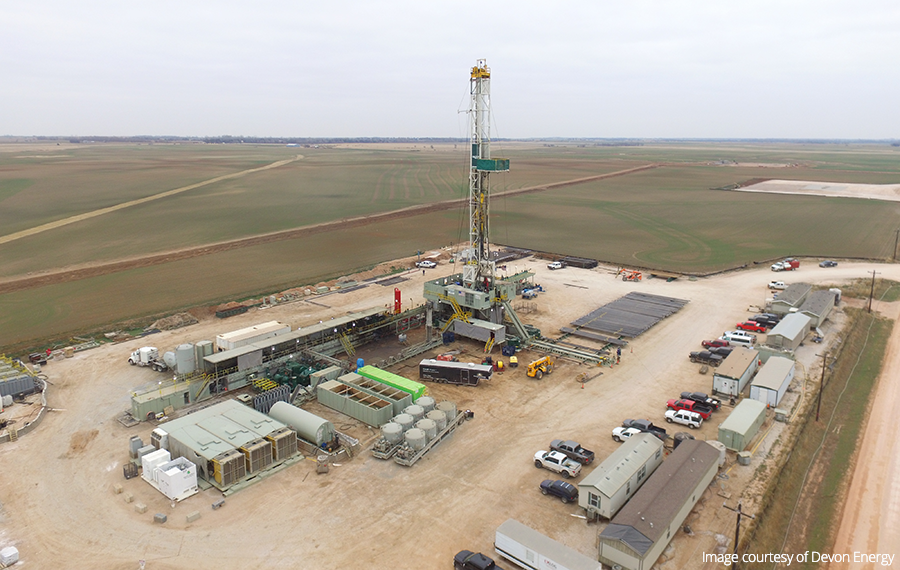
The revolution has arrived: Sealed Wellbore Pressure Monitoring
The newest fracture diagnostic on the market: how it works and what it can do for your completion operations
The Upstream Oil & Gas Industry has seen its share of innovation and revolution over the past several decades. From the shale revolution allowing operators to efficiently access tight formations to the adoption of data-driven approaches to completion operations, there is no shortage of examples. The driving force behind these changes has always been a relentless push toward operational and capital efficiency. In an industry that has seen its share of boom and bust cycles, those that are most streamlined have the best staying power. It is with this central tenet in mind that the patent-pending Sealed Wellbore Pressure Monitoring (SWPM) process was born through the efforts of innovative completion engineers at Devon Energy. read more…
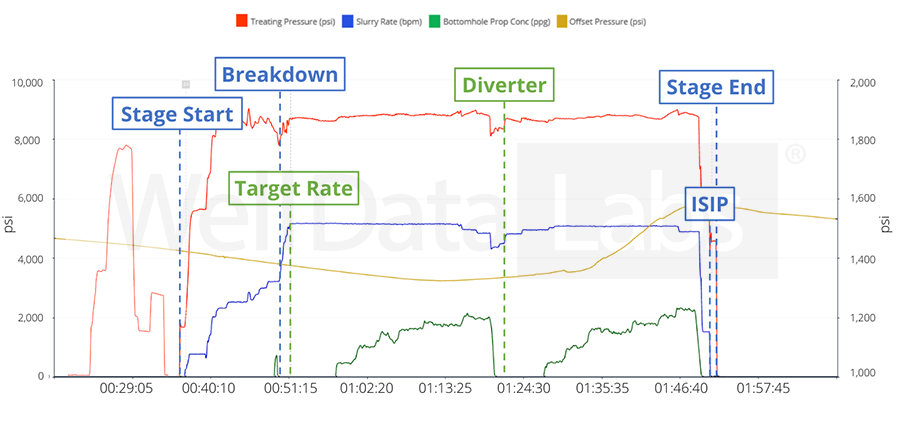
5 ways to improve completions designs with machine learning
Machine learning allows us to automatically place event flags across an entire job, instantly. This post will explain how flags generated automatically by Well Data Labs Power-Ups™ can be used to investigate five different operational efficiency indicators.
(more…)
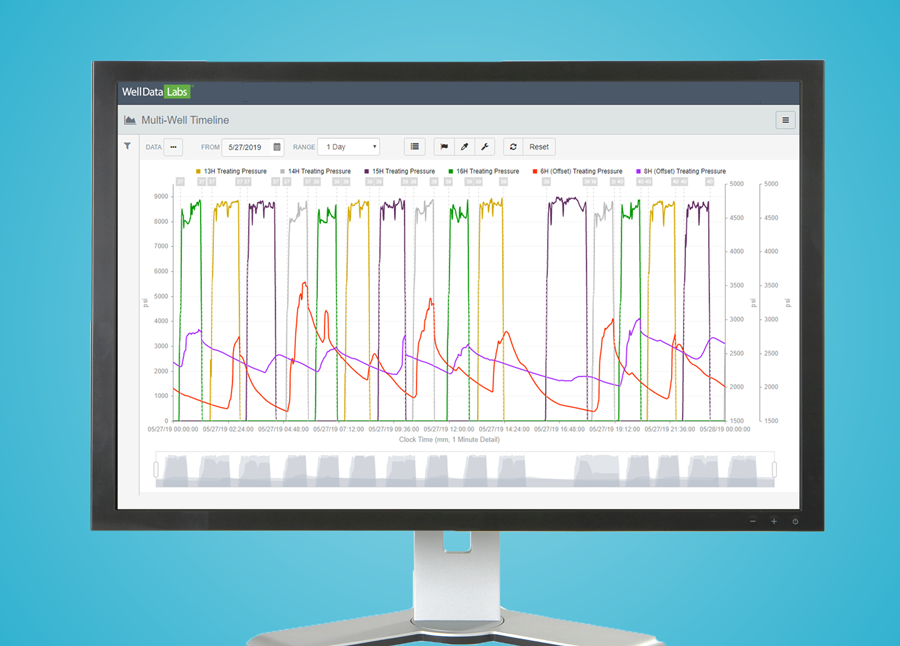
Active Well Defense: is near-real time evaluation possible?
The topic of fracture-driven interactions has been among some of the industry’s top headlines, perhaps not in the last several weeks but certainly in the previous year, if not longer. Whether you call it frac hits, frac bashing, well interference, or fracture-driven interactions (FDI), it can have a decisive impact on the production of neighboring wells. While the effect is not always negative, many operators are looking for ways to minimize FDIs as much as possible, especially in a time when our industry faces headwinds from multiple directions. (more…)

What everyone should know about data science
Data Science – the term is everywhere and for a good reason. With more and more data being generated every minute, it is imperative that companies adopt technologies like data science to store, process, and analyze that data. Everyone uses the term, but how many actually know its meaning and definition? read more…
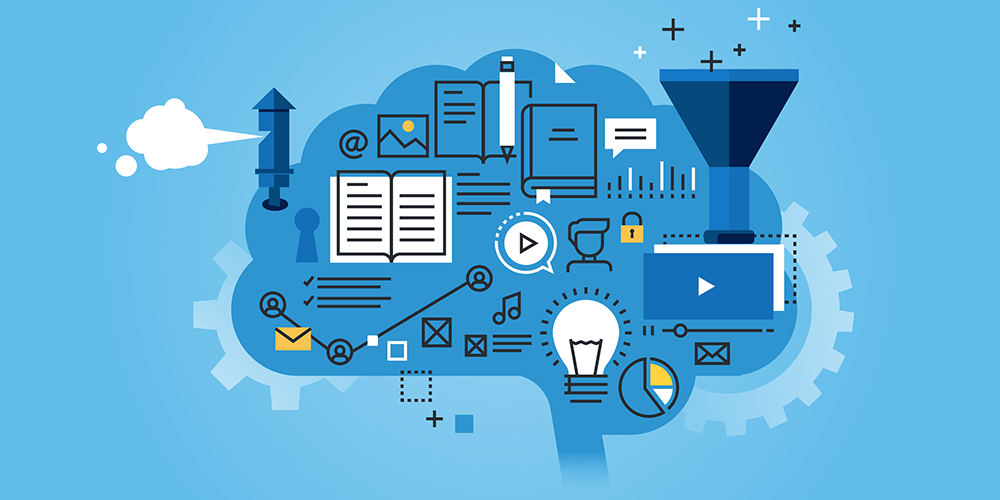
Optimize adoption: get the best training for your team
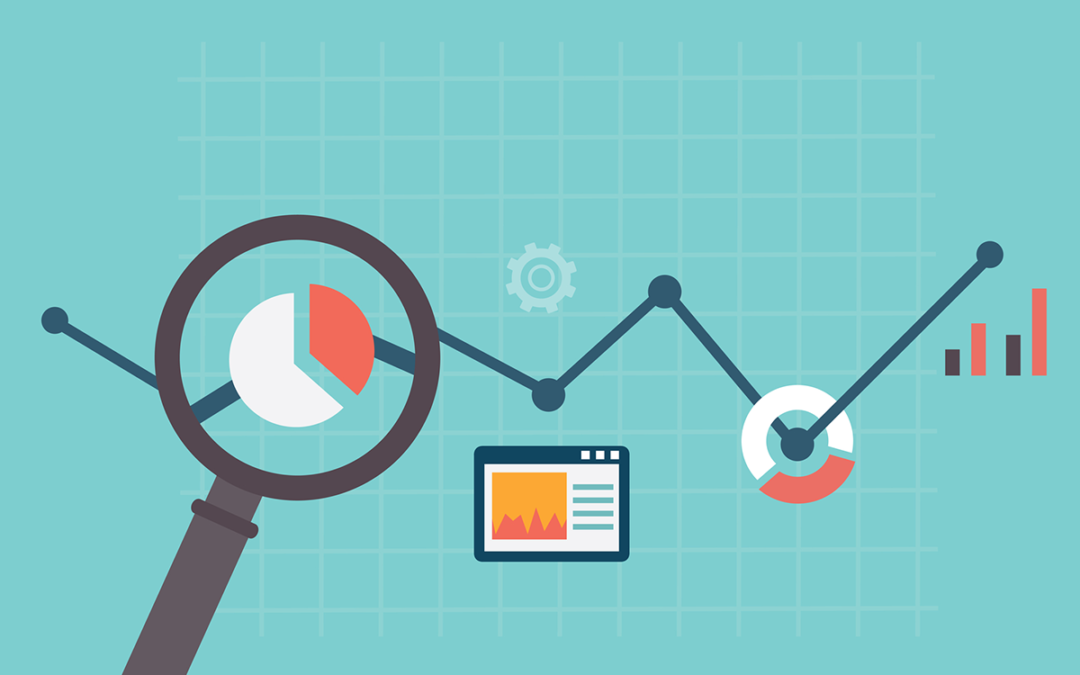
Finding gems in your historical frac data
Using frac data to spot trends and improve outcomes
Though the booms and busts of the industry are often tied to economic and geopolitical forces beyond our control, we at Well Data Labs are firm believers in taking advantage of these slowdowns to innovate and improve efficiencies. Well Data Labs was founded during the last oil price bust of 2014, and our fearless co-founder and CEO, Joshua Churlik, does not let his employees forget this fact! I think it’s because it’s a great source of pride, but also because there is a great lesson to be learned in the oil & gas industry from our company’s origin story. read more…
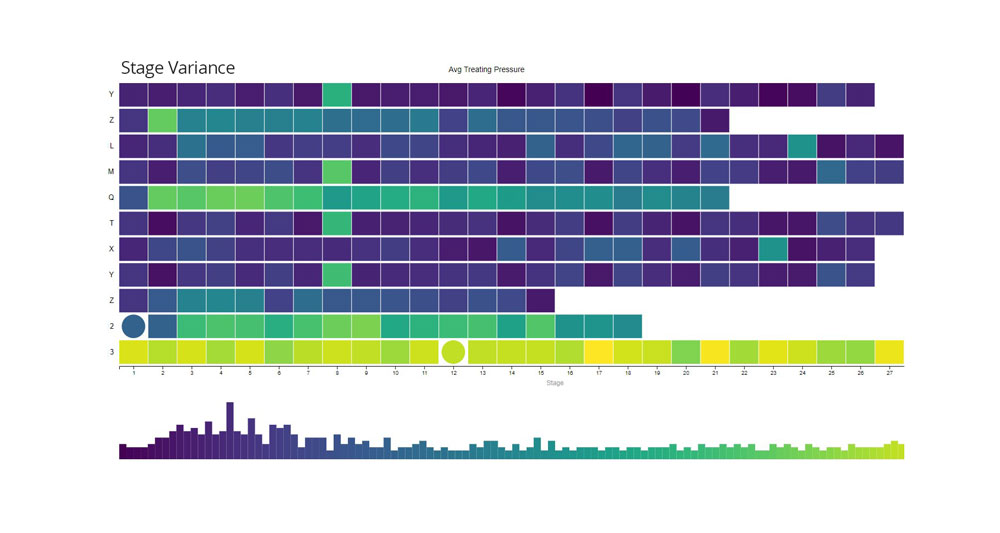
Time for a frac review? 3 tools to gain deeper insights
The end of the year is coming – you can’t avoid it! Dissecting your 2019 business data, regardless of what industry you’re in, is crucial for a strong start in 2020. By now, you’ve most likely evaluated the past year’s performance and are finalizing budgets and plans for the coming year – tapping into as many insights as you can, whether that be from financial, operational, sales, marketing, or other data. Businesses often look to these analytics to set goals with a focus on driving growth and streamlining processes to help improve operational efficiencies in the year ahead. read more…
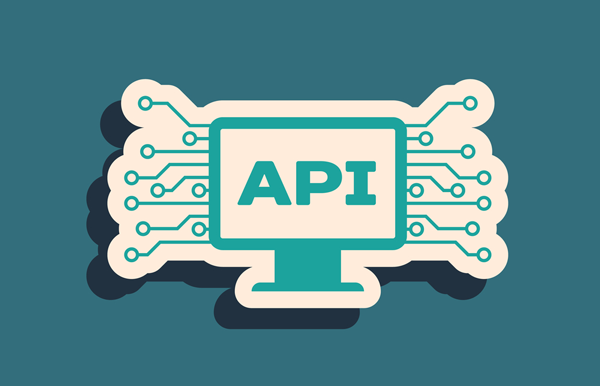
Capturing the value of APIs in today’s oilfield
The Intelligent Oilfield. It’s a term we commonly hear discussed in boardrooms, at conferences, in industry journals, on blog posts, and in other media. While the oilfield is becoming increasingly intelligent, that intelligence is hindered by a lack of something equally important; effective, easy communication. Much like knowledge, data becomes infinitely more powerful when the systems storing that data can communicate in a robust, standardized method. Enter the API, or Application Programming Interface. read more…
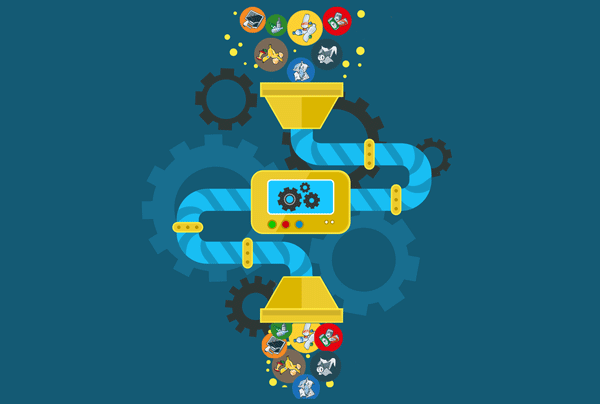
Garbage in, garbage out – how bad data can fuel bad decisions
Garbage in, garbage out. The quality of information coming out of a system can never be better than the quality of information that was put in. It may sound sort of like one of Newton’s laws of physics, it’s not. But at the very least, it’s an always relevant guiding principle for anyone who uses and analyzes data. Actionable analytical insights rely heavily, first and foremost, on having clean, structured data. This is, of course, much easier said than done in the reality of scientific research and business operations. Organizations often lack the time and/or resources needed to be manually digging through and manipulating vast quantities of data. read more…
